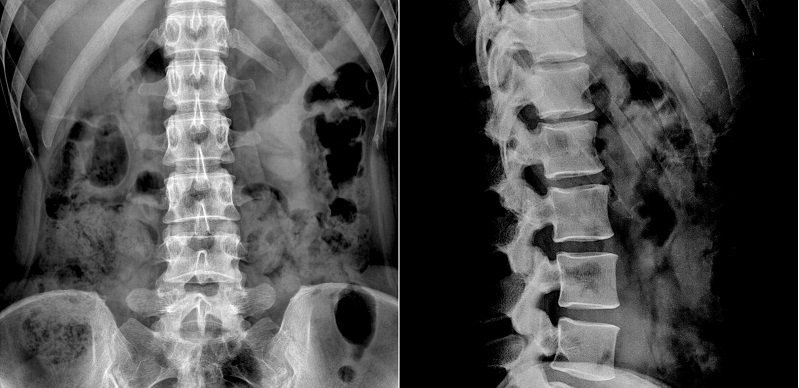What Are The Different Types of Spinal Implants
Category: Spine | Author: Stefano Sinicropi

The spine is an incredibly complex system, and if structures wear down or break, spine surgeons need to have an arsenal of implants available to help their patients. But what type of implants do surgeons regularly use, and which ones would be right for your spine needs? We take a closer look at a number of common spinal hardware implants in today’s blog.
Common Spinal Implants
When it comes to using implants during a back operation, they can generally be sorted into two different types of surgeries – fusion and non-fusion operations. Fusion operations are designed to create a union between two bones or structures, while non-fusion operations attempt to fix the problem without piecing multiple structures together. We’ll look at the hardware commonly used in both procedures below:
Fusion
As we mentioned above, a spinal fusion operation involves connecting two or more structures to one another. If you’re having spinal disc problems, two vertebrae may be fused together to limit stress and movement in the area. During fusion operations, three common types of implants are typically used:
- Cages
- Rods
- Plates
Cages are implants that help to create and keep space between two areas. They are often used in combination with a bone graft so that the new bone has space to form and grow. Rods help to stabilize your spine and are typically connected to the spine using small pedicle screws. Plates also help to provide stability and keep vertebrae in set locations to allow healing or bone formation to occur without compression.
Non-Fusion
Likely the most common non-fusion implant is the artificial spinal disc. This artificial disc replaces a damaged or degenerative disc, and because of its design, it mimics the movement of a healthy spinal disc. The goal of artificial disc surgery is to preserve movement and function through the insertion of the man-made disc.
Another type of non-fusion implant is a flexible rod. Unlike the stiff rods used during a fusion procedure, these newer rods can actually expand and flex as the injury heals or the patient grows. These are becoming more common in pediatric scoliosis operations, which can greatly reduce the number of operations a growing child needs to correct their spinal deformity.
One final type of implant that we’ll touch on is the spinal cord stimulation device. This small implant sends electrical impulses in order to stimulate nerves in the spinal cord. This is done to drown out pain sensations or other nerve impulses causing discomfort. Many patients experience great pain relief from implant stimulators if a damaged nerve is sending frequent or incorrect pain signals to the brain.
For more information about different types of spinal hardware, or to talk about your options with a doctor, reach out to Dr. Sinicropi’s office today.